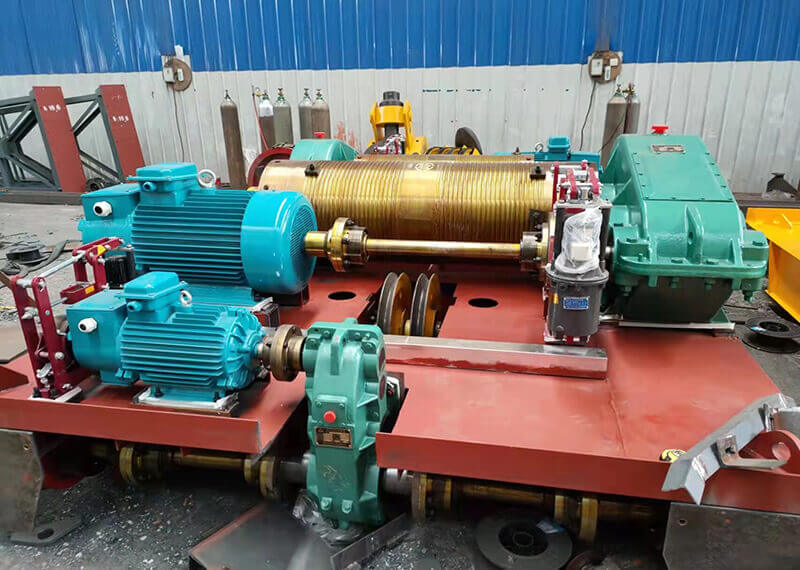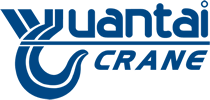
What is overhead cranes work?
When it comes to moving large goods or exceptionally big loads through a production facility, a bridge crane is far more convenient and efficient than navigating corridors and floor space. Bridge cranes are capable of safely lifting extremely big loads and can raise, descend, and travel horizontally along a rail or beam. An operator uses a pendant station or wireless control to regulate the crane's travel and speed.
Bridge cranes can move weights from side to side, forward and backward, and cover a rectangular area. Though no two bridge cranes are same, they all have the same basic components, including a hoist, trolley, beams, girders, and control systems.
How bridge cranes work
Over the rectangular working area, the bridge of a bridge crane runs longitudinally along tracks built on runway beams. Steel girders are joined to runways at either end of the girders to form bridges.
Lifting Trolley -The lifting trolley contains the lifting mechanism, which includes a brake, motor, reducer, drum, and pulley set. The motor rotates a drum through a reducer, which then drives the wire rope or chain that raises and lowers the load.
Crane Driving Mechanism - A crane's driving mechanism is made up of two sections. A long transmission drives both sides of the wheels, while a separate motor powers each pair of wheels separately.
Power Supply - Because there are so many distinct types of power systems, each with its own set of connections, power supply is a complicated subject. Conductor bars, festoon systems, and cable reels are the three most frequent varieties.Although there are variations of bridge cranes that function on pneumatic power, the bulk of bridge cranes are powered by electricity. The crane runway and bridge crane control are powered by cable festoons, conductor bars, or reel cables. The trolley and hoist are both powered by this power feed.
Conductor Bar — On the crane's runway or monorail, a conductor bar system is installed. They're suitable for runways with several bridges. Suppor is available.
Festoon System - A festoon system can be mounted on a track, an I beam, or a square rail. On a trolley that goes along the track, they employ flat or round cables. The cable hangs below the track and expands or retracts in response to the trolley's position.
Cable Reel — Conductor cable is released, retrieved, and stored using spring-loaded or motorized cable reels. For mainline power along a runway or monorail, this method is employed.
Lifting Height-The type of engine and crane capacity are both affected by the height at which the crane is mounted. The lift height of a bridge crane is the distance from the ground to the hook's saddle, which is an important measurement since it guarantees that the hook is not damaged.
Another significant consideration is the C dimension, which refers to the hook's maximum lifting height. The C dimension refers to the distance between the trolley wheels and the hook saddle.
Controls -For safety and convenience of operation, each aspect of a bridge crane's movements is controlled by safe crane controls, including the pendant control, remote control or cabin control or automatic control with software and electronics that work in tandem. The operator of a bridge crane has complete control over the load at all times. A start and stop button is the most basic kind of control, although more complicated controllers use joysticks and tablets to program a larger range of motions and movements. The crane's restrictions, which determine what it can accomplish and where it may move, are programmed into the controls. Control systems give statistics on utilization, diagnostics, and ways for preventing operational problems.
Hoists- Chain and wire hoists are the two most used types of hoists for bridge cranes.
A chain hoist is designed to raise loads of less than 10 tons and is held in place by a chain holder. They offer genuine vertical lift, rising straight up without lateral drift.
Wire rope hoists are capable of lifting 10 tons or more and wrap around the weight. They provide you more choices and more flexibility. Wire rope hoists, unlike chain hoists, are prone to lateral movement.


